Entry Type: Thing - Starting with H
Hot Springs Medical Journal
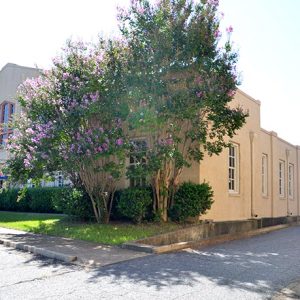 Hot Springs National Guard Armory
Hot Springs National Guard Armory
Hot Springs National Guard Armory
Hot Springs National Park Quarter
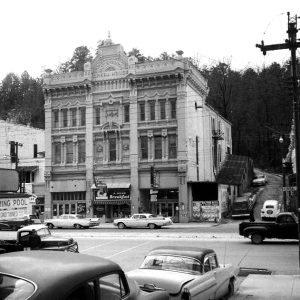 Hot Springs Opera House
Hot Springs Opera House
 Hot Springs Promotional Brochure
Hot Springs Promotional Brochure
Hot Springs Railroad Roundhouse
Hot Springs Village Voice
Hotel Frederica
aka: Hotel Freiderica
aka: Hotel Sam Peck
aka: Legacy Hotel
 Hotel Frederica, 2017
Hotel Frederica, 2017
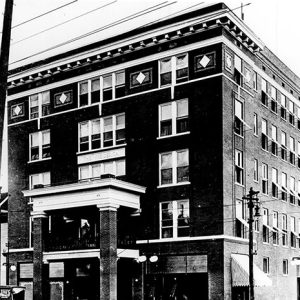 Hotel Frederica
Hotel Frederica
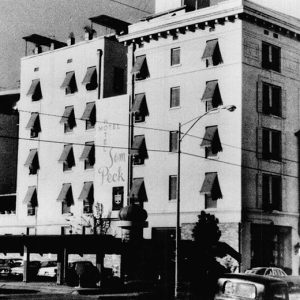 Hotel Sam Peck
Hotel Sam Peck
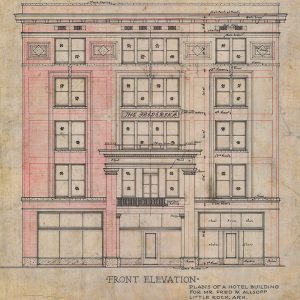 Hotel Freiderica
Hotel Freiderica
Hotze House
House at 712 North Mill Street
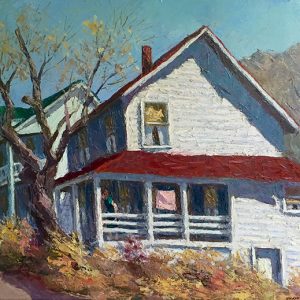 House on Bridge Street
House on Bridge Street
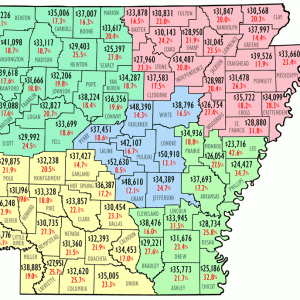 Household Income/Poverty Level Map
Household Income/Poverty Level Map
 How Come Christmas
How Come Christmas
Howard County Courthouse
 Howard County Map
Howard County Map
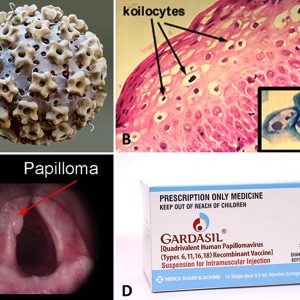 HPV
HPV
 HS Lesbos
HS Lesbos
Hubert and Ionia Furr House
 Huckabee Election Material
Huckabee Election Material
Hudson-Grace-Borreson House
aka: Hudson-Grace-Pearson House
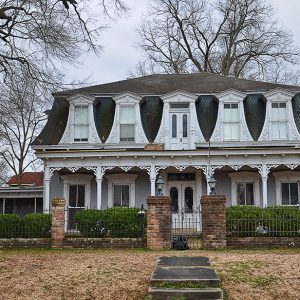 Hudson-Grace-Borreson House
Hudson-Grace-Borreson House
 Hudson-Grace-Borreson House Detail
Hudson-Grace-Borreson House Detail
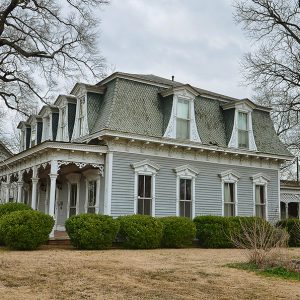 Hudson-Grace-Borreson House Side
Hudson-Grace-Borreson House Side
Hudson-Jones House
Hughes Cemetery
aka: Potter's Field
aka: County Cemetery
Hughes Hall (Arkansas Tech University)
aka: Rock Armory
Hughes Water Tower
 Hughes Water Tower
Hughes Water Tower
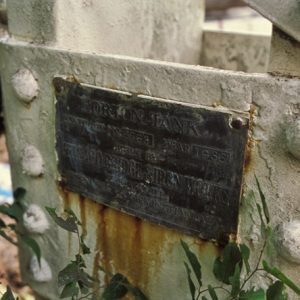 Hughes Water Tower Plaque
Hughes Water Tower Plaque
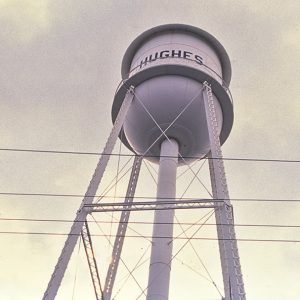 Hughes Water Tower
Hughes Water Tower
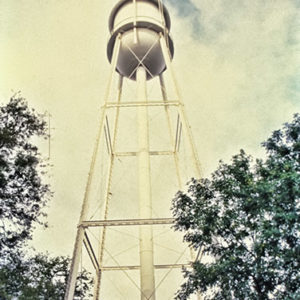 Hughes Water Tower
Hughes Water Tower
Human Development Centers
Human Dissection Monument
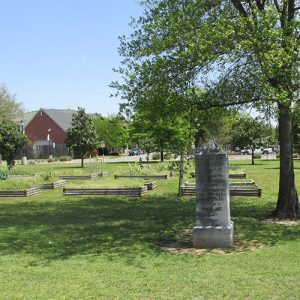 Human Dissection Monument
Human Dissection Monument
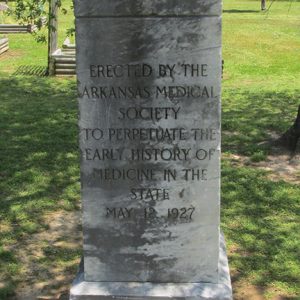 Human Dissection Monument Inscription
Human Dissection Monument Inscription
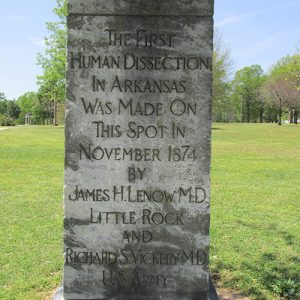 Human Dissection Monument Inscription
Human Dissection Monument Inscription
 Hummingbirds
Hummingbirds
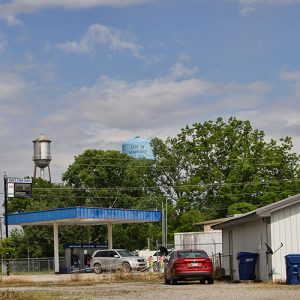 Humphrey Water Towers
Humphrey Water Towers
Humphreys’ Dairy Farm
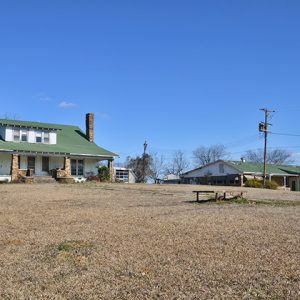 Humphreys' Dairy Farm
Humphreys' Dairy Farm
Hunting of the President, The
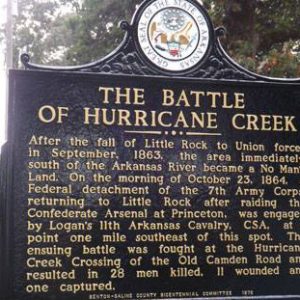 Hurricane Creek Marker
Hurricane Creek Marker
Hurricane Lake
 Hutchinson Inauguration Program
Hutchinson Inauguration Program




